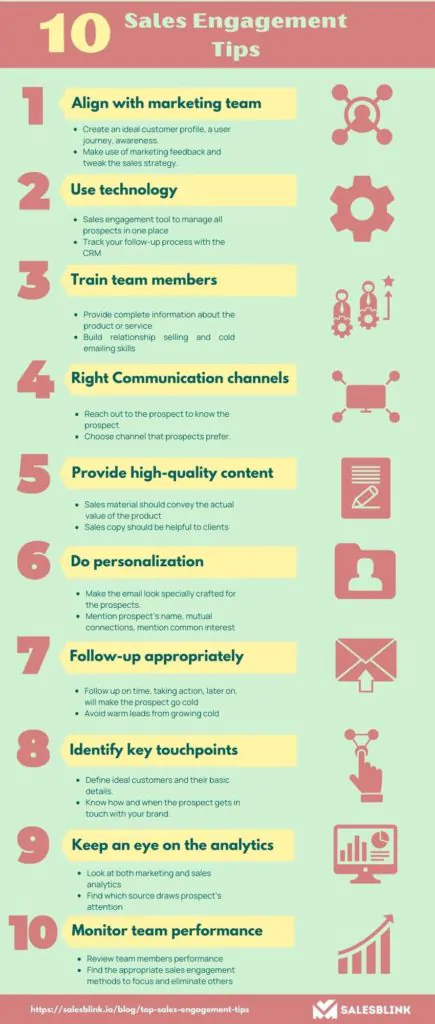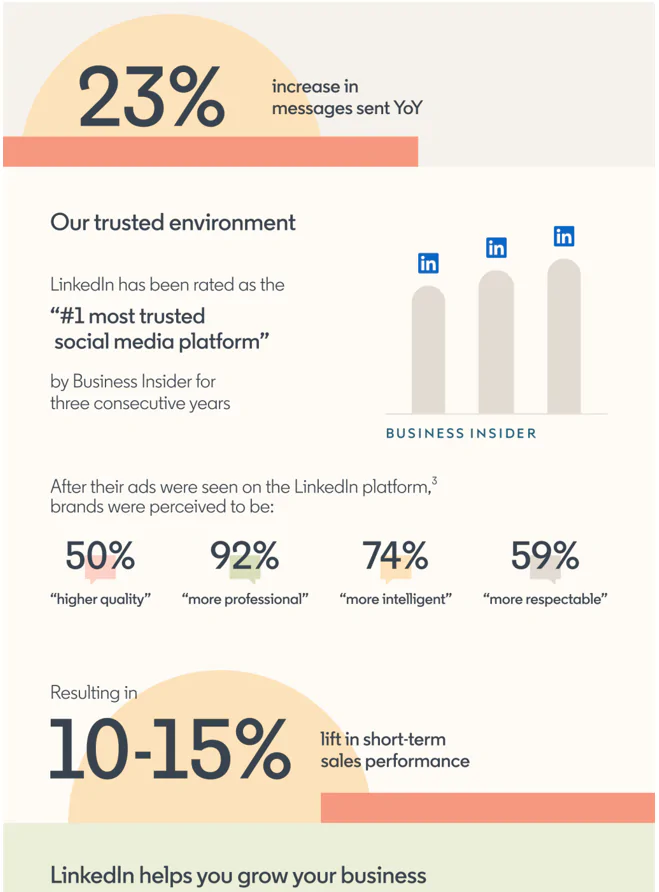With the end consumer having more control over their purchase journey, it’s becoming increasingly challenging for sales teams to impact revenue quickly. Sales strategies that worked two years ago may not be relevant anymore, and as a growing business, you need to shift your strategy to engage and convert high-quality prospects.
The past two years have not only influenced buyer behavior and preferences but have also changed how sales organizations work and communicate. In this post, you’ll discover the top new sale strategies to kickstart performance in 2022 and close more deals. With only 23% of buyers believing that companies put their needs first, it’s more important than ever to provide experiences that build relationships, not just transactions.
Ready to get started? Let’s dive in!
Key Takeaways:
- Savvy sales teams must leverage engagement and enablement tactics to be successful
- With more organizations moving remote, sales teams should utilize social selling and technology to build deeper relationships with prospects
- Creating a holistic strategy with all cross-functional partners will ensure you take on a customer-centric approach to provide a better experience
5 Sales Strategies to Kickstart Your 2022 Performance
When shaping your new sales strategy, you need to consider how sales engagement and enablement work together to drive impact. While sales engagement focuses on how sales teams interact with prospects through email, phone, and more, sales enablement empowers your organization with the proper training, guidance, and content.
Source: SalesBlink
To be successful in 2022, you need to build a process that incorporates both methods to help reach revenue goals and ensure sales reps appropriately work prospects. Lets’ take a look at a few new strategies for you to implement next year:
1. Adopt a Remote or Hybrid Sales Model
In 2020, work environments shifted to a more remote setting, and while the goal was to make this a short-term initiative, many companies have fully embraced the benefits. Globally, 52% of employees work at home at least once a week, and 18% of people work remotely full-time. Plus, 64% of sales leaders who pivoted to remote selling increased revenue targets.
With the right remote structure in place, your sales team can be more productive and effective at closing deals. For example, allow prospects to schedule a meeting using a link to find an empty slot on the rep’s calendar instead of meeting face to face, and ensure your team has content and presentations to deliver on that call. You can scale your strategy by giving the sales organization more autonomy over their work but empowering them with the right policies, processes, and playbooks.
2. Personalize All Communications for the Target Audience
Instead of requiring your sales team to conduct cold calls or send email blasts to their entire database, train your reps to use personalization tactics in all communications to build a deeper relationship with prospects. While many sales teams used to react on body language to close deals, consider using a data-first approach to understanding your prospects:
- Which emails are they opening and clicking?
- Are they visiting your website? If so, which pages?
- Did they download a whitepaper or attend a webinar?
- Do you have any common relationships?
Once you understand the buyer’s behavior, you can tailor your communication to their needs to provide a more personal experience. With 72% of consumers stating they only engage with personalized messaging, leveraging data allows you to communicate with prospects more authentically and capture their attention in early touchpoints.
3. Avoid Spam and Start Selling on Social
If you’ve moved to a remote work environment and no longer entertain face-to-face meetings, leveraging social media to sell offers a new path that traditional tactics cannot fill. Consider following this step-by-step path:
- Identify a new prospect on LinkedIn using Sales Navigator
- Add them as a friend with a personal message on why you’re connecting
- Start organically liking posts and commenting on posts
- Reach out in a direct message to provide valuable resources related to their job role
With this approach, you avoid spamming the prospect with multiple messages. Instead, you’re able to research their behavior and send a message after warming up the connection more. With 31% of sales professionals stating that social selling allows them to build a deeper relationship with prospects, you can move the opportunity down your sales funnel and skip the small talk.
You’ll also want to create a process that empowers your team to maintain a professional social profile and post content to establish themselves as thought leaders. This could include providing a monthly social calendar with content and regular branding training.
Source: LinkedIn
4. Embrace Technology Changes
41% of sales teams agree that consumers want to communicate virtually, and 38% say that their customers prefer to buy products online. As consumers spend more of their time on digital platforms, the benefits of leveraging technology to evolve your sales cycle and strategy are undeniable, especially as Millennials and Gen Z generations become the primary buyers.
Brands can utilize chat tools and on-demand FAQs from a consumer perspective, enabling them to quickly get the answers they need. Technology helps your team automate the process, become more productive, and conduct better remote selling tactics within the sales organization. For example, with many sales platforms now available, you’re able to integrate your CRM system with various sales tools to review call logs, score leads, and analyze customer data to provide timely touchpoints.
5. Align with Marketing and Cross-Functional Partners
While this isn’t necessarily a new strategy, many organizations fail to properly align cross-functional groups with the sales goals, resulting in poor campaign and revenue results. To get started, develop your targets and agree on a set number of campaigns per quarter to help you achieve that goal with marketing, including blogs, enablement tools, webinars, and more.
Once you have the scope, make sure you include any other relevant teams like product, legal, or engineering who may need to provide additional support. The goal is to create a holistic, proactive strategy that helps your sales teams succeed and drives overall success for the entire organization.
Improve Performance with a Dedicated 2022 Sales Strategy
If you want to build a more robust sales team in 2022, it’s essential to empower your team with the right strategy, resources, and training to be successful. Sales organizations can collectively communicate with customers more effectively and convert more customers into long-lasting relationships with the right support.
Ready to boost your sales pipeline in 2022? Get started with MXTR today.
Featured Image: istockphoto







